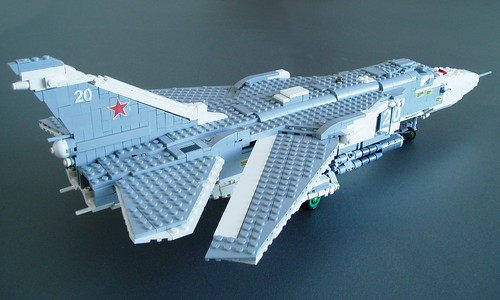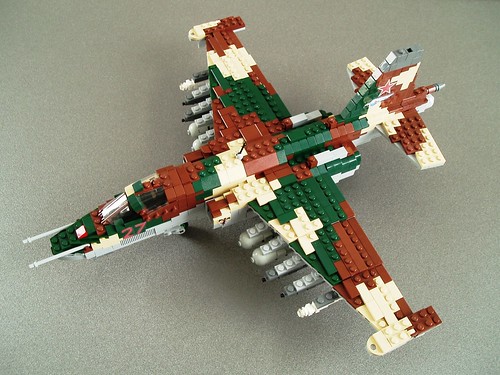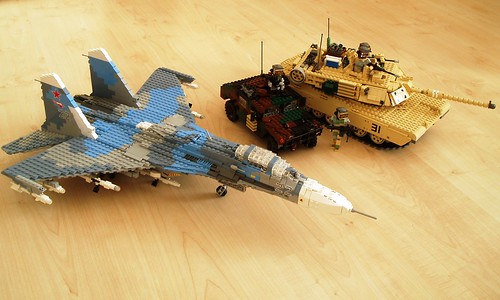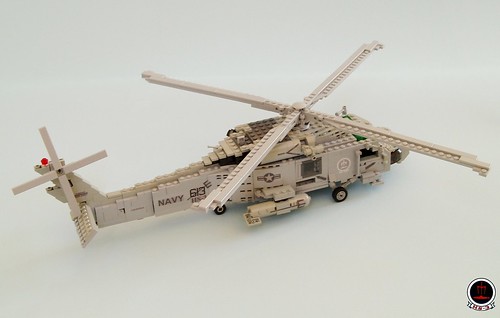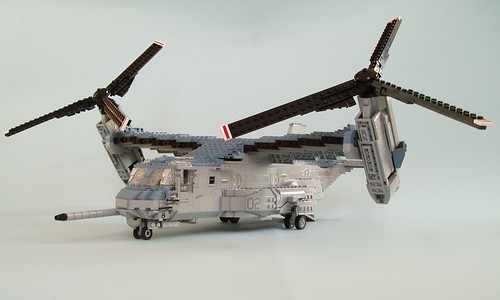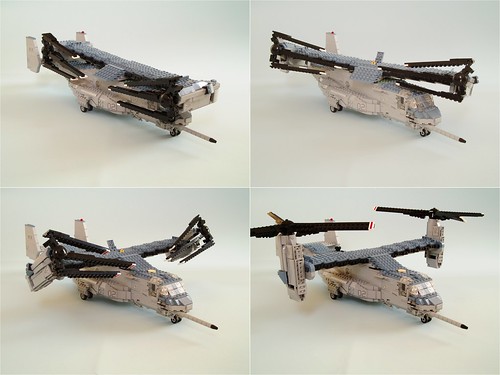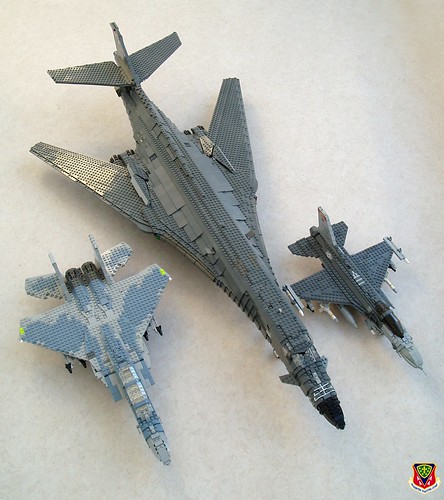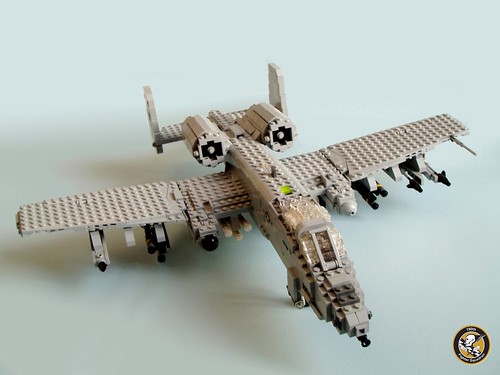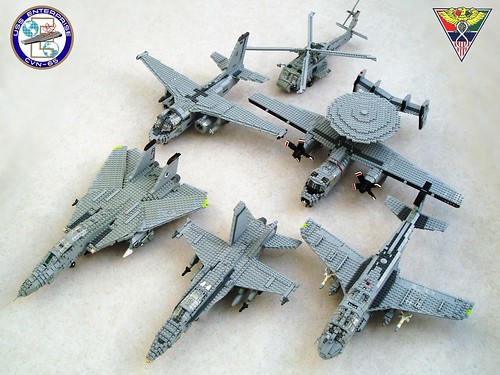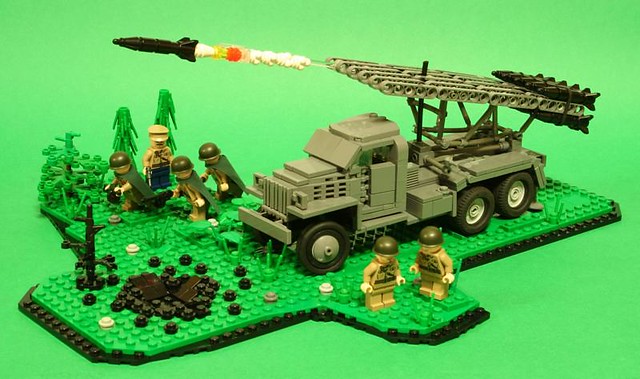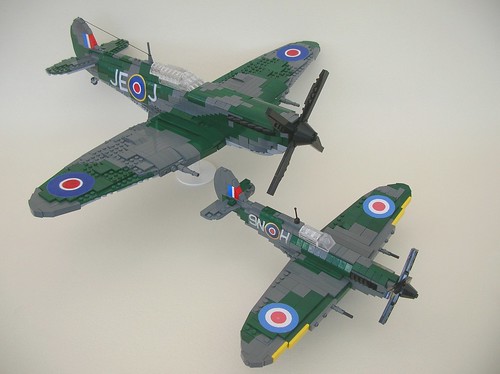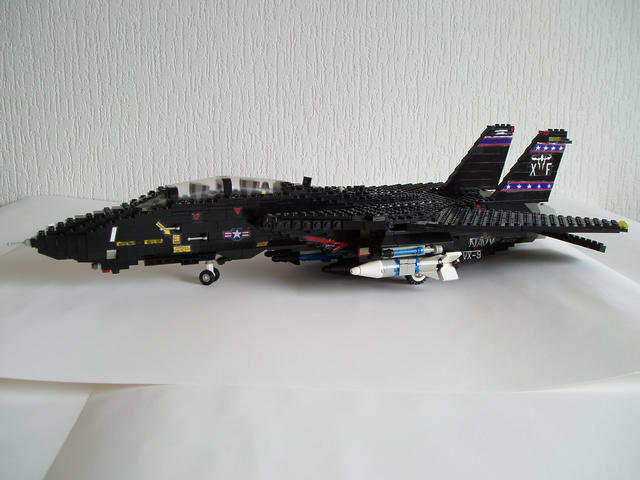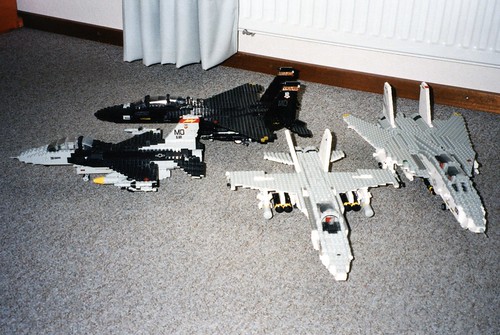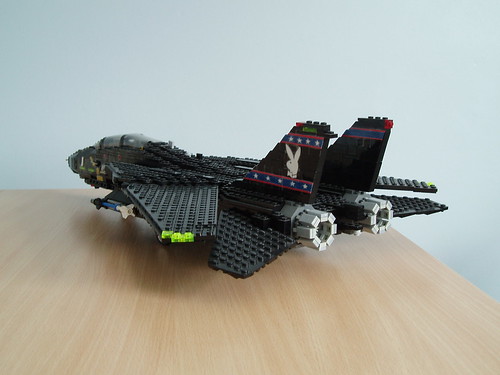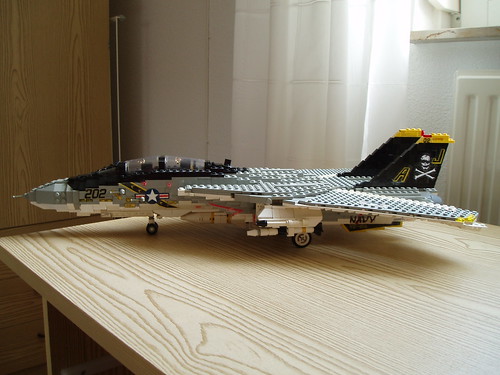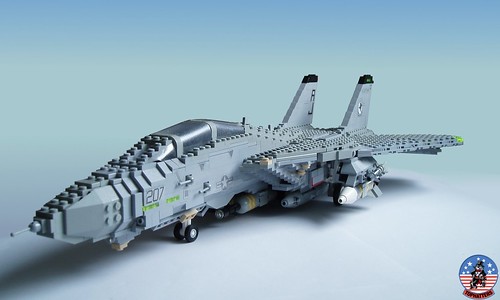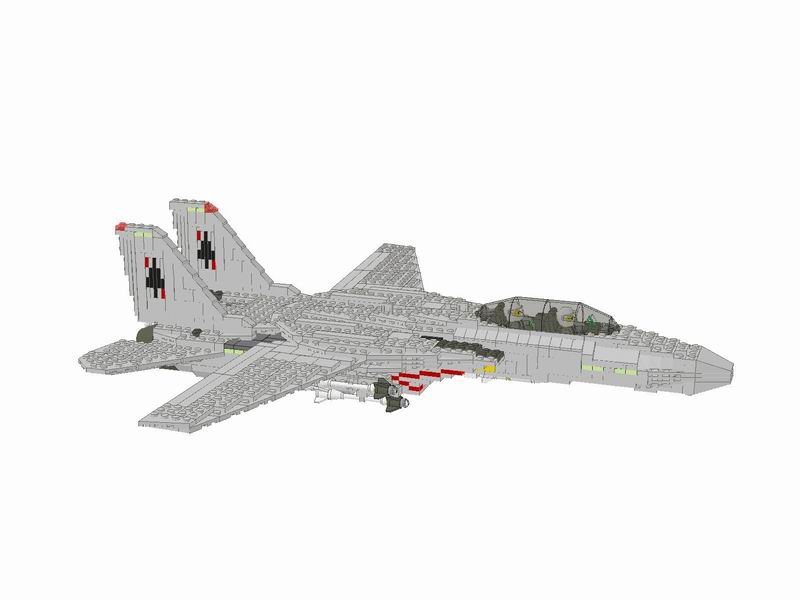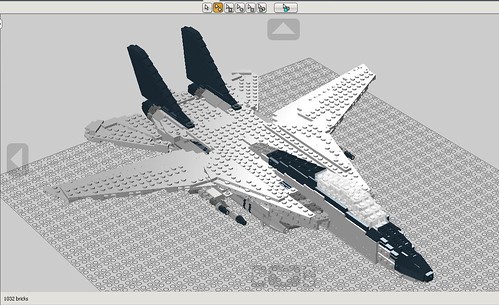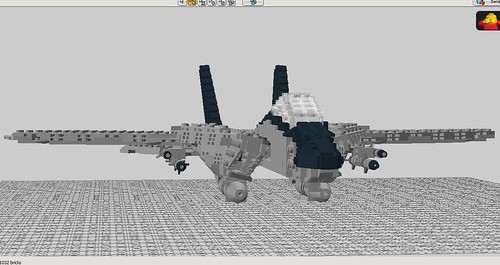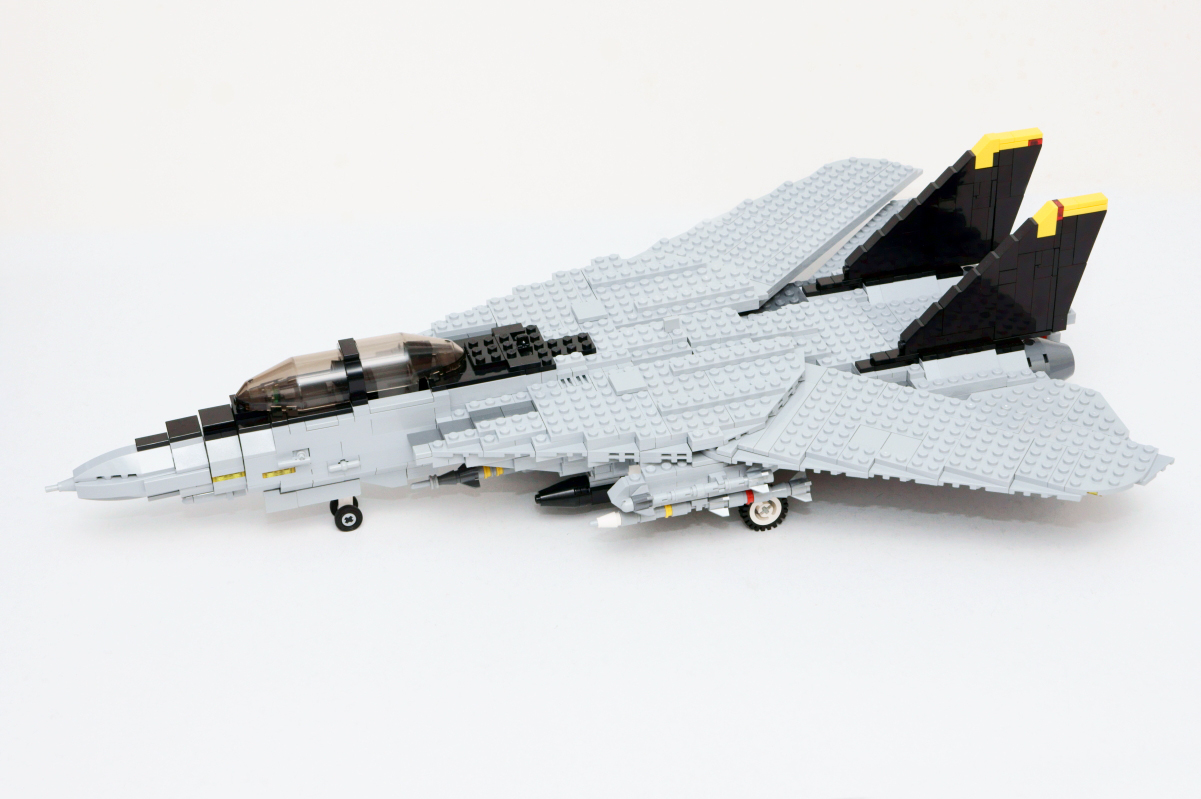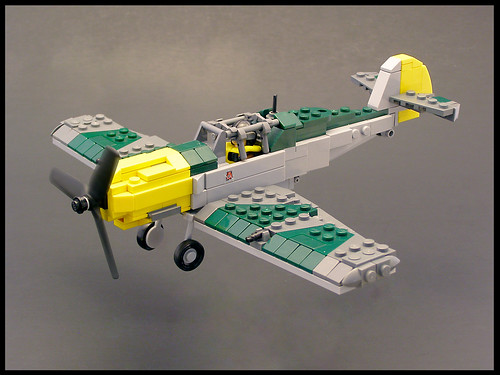However, I'm on leave and have a bit of time on my hand. I've been thinking about models that I might like to build and have been looking back at the year that's gone by. In a thread in the discussion on the military models group on flickr about a year ago, some of us discussed our future plans.
Here's the list I came up with back in January.
- a large 1/36 aircraft (most likely a B-52)
- a minifig scale WW-II bomber (most likely a B-17)
- a 1/22 scale jet fighter (most likely an F-16)
- a 1/22 scale helicopter (most likely an AH-64)
- a 1/22 scale infantry fighting vehicle (most likely an M2 Bradley)
My list shows that my plans for writing for the blog aren't the only ones that I didn't see through. I did none of the above.
So, what have I been up to in terms of military building? Despite my sometimes hectic schedule, I have built a number of new models this year. Some of them were things that I put on the back burner years ago, but that I still wanted to do. Others were prompted by shows that I attended or activities for the Lego Military Model group on flickr. I'll go over them one-by-one.
The first one was prompted by this year's flickr military build contest. It had a category for Warsaw-Pact aircraft and even though I couldn't participate (being one of the organisers/ judges) I did feel I wanted to build something for it. I looked at a number of different options, wanting to build a jet that hadn't been done by many people before. I narrowed my choices to either the Su-24 Fencer or the Su-25 Frogfoot. Because I feared that the camouflage on the latter would pose too many problems, I settled on the former.
The real aircraft is somewhat boxy and at a first glance doesn't look all that interesting, but when studying photographs and scale models (on-line) I came to realise that there were certain subtleties to the shape that would make it challenging. There's a slight taper to the aft fuselage. It has a complicated undercarriage and the gentle outward flare of the intakes gave me some trouble. I had a hard time choosing armament for it. Fencers can carry a bewildering array of weapons, but most operational ones seem to carry unguided bombs. Somehow, I didn't fancy those. I ultimately settled on two AS-17 'Krypton' ant-radiation missiles with their associated 'phantasmagoria' ESM pod and two AA-8 'Aphid' air-to-air missiles. I think it's actually the armament that makes the model stand out. Looking back at it, I think it would have been nicer if I'd have chosen a purist solution for the cockpit canopy (more about that later), but this was a fun build that turned out allright.
After the fun I had building the Fencer, I decided to turn to building a Frogfoot after all, and as expected, the camouflage indeed did turn out to be complicated. The problem is that the number of different parts that LEGO make in suitable colours is very limited. I would have loved to build the underside in medium blue, but there are no hinges in that colour, so I was forced to use medium stone grey instead -fortunately not a bad match for the real colour. For the top I wanted to use dark green, reddish brown and dark tan. However, dark green and dark tan have very limited parts palettes. I saw no way of using both. Since there really is no suitable substitute for the dark green, I decided to use regular tan instead of dark tan.
I still would love to replace the tan with dark tan at some point in the future, as more parts become available, but overall, I like it.
The next thing I did, in terms of military building, was because I decided to attend Brickfair in the US in August. Magnus Lauglo had invited me to come over the previous two years and this year I finally decided to take him up on his offer. I finally got to meet him, as well as Chandler Parker, Aleksander Stein and Evan Melick. It's great fun to meet people that you've more-or-less known for years through the internet in real life. I definitely intend to go back next year.
I didn't build anything new to bring to the event. Instead I decided to take a few of my older but reasonably well-known models. I did give them a small update, however, with brick-built numbers on the Abrams, improvements to the camouflage and added details on the HumVee and a brand-new brick-built canopy and new stickers on the Su-27 Flanker.
After I came back from Brickfair, I also decided that I was going to attend the Great Western LEGO Show in the UK in August, for the fifth time. Ever since I moved bavk to the Netherlands from the UK, this has been the opportunity for me to stay in touch with the friends I made in the British AFOL community through Brickish. I knew that I wasn't going to top last year's event, when Ed Diment revealed his USS Intrepid model, with my aircraft models aboard. This year I was going to do something small. I decided to take my minifig scale WW-2 aircraft and to add a new one, a P-61 Black Widow. It's an aircraft that I'd been thinking about building for years -one more plan that took a few years to reach fruition.
While I was at it, I decided that I should make the most of the benefit that minifig scale offers, by building a ground crew and some vehicles to go with the P-61 and with the other aircraft. I built a US tanker truck, gave my old Jeep an upgrade and built an RAF refueller and a German Kettenkraftrad to go with my Mosquito and He 219, respectively. With plenty of minifigs added, it made for a nice display.
The next military build I did was also part of a plan I've had for years. Back in 2007 I started building aircraft that were part of Carrier Air Wing 8 that served aboard the aircraft carrier USS Enterprise back in 2001. The collection has grown over the years, but what was lacking until now, was a model of one of the Sea Hawk helicopters that was part of the air wing. I did have a Sea Hawk model, but it represented an all-black version as flown by one of the US Navy's adversary units. Back in October, shortly after returning from STEAM, I finally got around to rebuilding it in the proper colours. While I was at it, I also made a few changes, replacing the non-LEGO cockpit windows with a purist solution.
Obviously, since it was rebuild of an existing model, there wasn't much design work that needed to be done. Most of the parts I used for the black version are available in light blueish grey and old light grey. The only exception are 2x4 wedge bricks that I used for the tapering of the fuselage towards the tail. On this version I replaced them by mounting 1x4 curved slopes sideways.
Not long after I finished the Seahawk, we had a build challenge on the Lego Military Models group, with 'military innovation' as the theme.
For this I decided to build yet another model that I've been planning to do for years but never started: the MV-22B Osprey. Part of the reason why I didn't start earlier was because for a long time I couldn't work out how to build the wings. They have anhedral, are (slightly) forward swept, have heavy engines at the wing tips and rotate to lie flat on top of the fuselage. For a long time it was all a bit much. However, for this challenge, I decided it was time to give it another try.
I fully expect to take it to Brickfair in 2012.
Because the new brick-built canopy on my Flanker turned out far nicer than I imagined, I also came up with a new plan: retrofitting my existing models with brick-built canopies and windows as well. It's going to be a long process, but I've already made a start, spending a fair few weekends rebuilding some of my favourite models.
I intend to give more of my aircraft the same treatment, but expect it to take a while.
I may not have stuck to the specific plans I had for 2011, but as you may have gathered, a lot of the things that I did do had been in the works for a long time prior. So, what is up for next year? I'm not making any promises on blog posts, but you can be sure that there'll be plenty of new military models, perhaps even including some from my 2011 list. I do get around to building most of my plans eventually.
Have an excellent 2012 and happy building.
